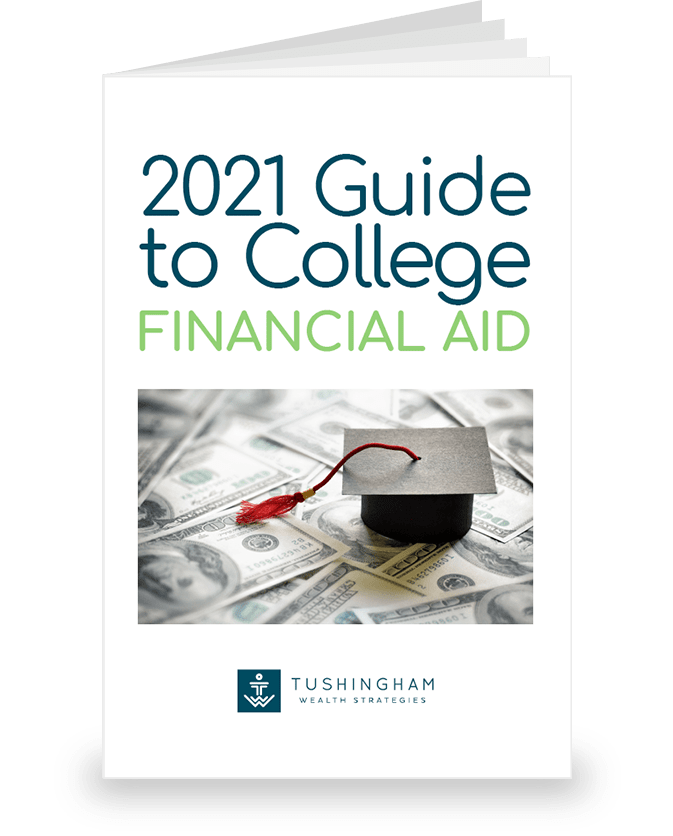We all want the best for our children. That includes paying for an education. But the cost of that education keeps going up and is now over $300,000 at some schools.
Saving in a 529 plan is not enough!
You need to develop a plan that not only helps you save, but also pay for college. The first step in your college plan needs to start with creating a college list. We walk clients through three criteria in creating their ideal list of schools.
Personal Fit
The plan should be to graduate in four years. How do you ensure doing that? Find a school where your child will fit in and provide the support they need.
Does your child want to be close to home?
Will they feel comfortable going to a school with 30,000 students and a high student to teacher ratio?
Does the social life match your child’s personality?
This exercise is like playing matchmaker and will increase the likelihood of them graduating on time.
Academics
Choose colleges where your child will rank in the top 20% of incoming freshman academically. This will increase their chances of acceptance and optimize your opportunities for merit based financial aid.
Need-based financial is based on the family finances, yet merit aid focuses on your child’s accomplishments, primarily academics. If you know in advance that you will not qualify for need-based aid, then your college plan should focus on the schools most likely to grant your child merit aid.
Most of the top ranked schools and public universities offer little in the way of merit aid. Focus on the smaller to mid-sized private schools who need to compete for those same students.
Financial Aid
And how do you calculate your eligibility for need-based financial aid? You need to first determine which financial aid application the school uses. The financial aid application produces your expected family contribution, or EFC.

Download our Free Whitepaper on
Understanding College Financial Aid: Download Now
The cost of attendance less your EFC will equal your eligibility for need-based financial aid. This does not mean that the school will grant you that aid or what type of aid it will be. One school might meet 50% of your eligibility with student loans and another could meet 100% with scholarships.
Some families are told to spend down assets or shelter them in annuity products to increase need-based aid eligibility. Be careful before proceeding with such strategies. They could produce substantial taxes, jeopardize your retirement plan, or even decrease aid in some circumstances.
Your need-based aid eligibility will drive the rest of your plan and help you determine if you need to pivot towards merit aid opportunities.
The goal of any college plan should be to graduate on time, minimize student loans, and protect your assets for retirement. Not only should you save for college, but you also need to develop a plan for paying the bill. And that starts with choosing the right schools.
Talk with a Personal CFO to help you get started.
